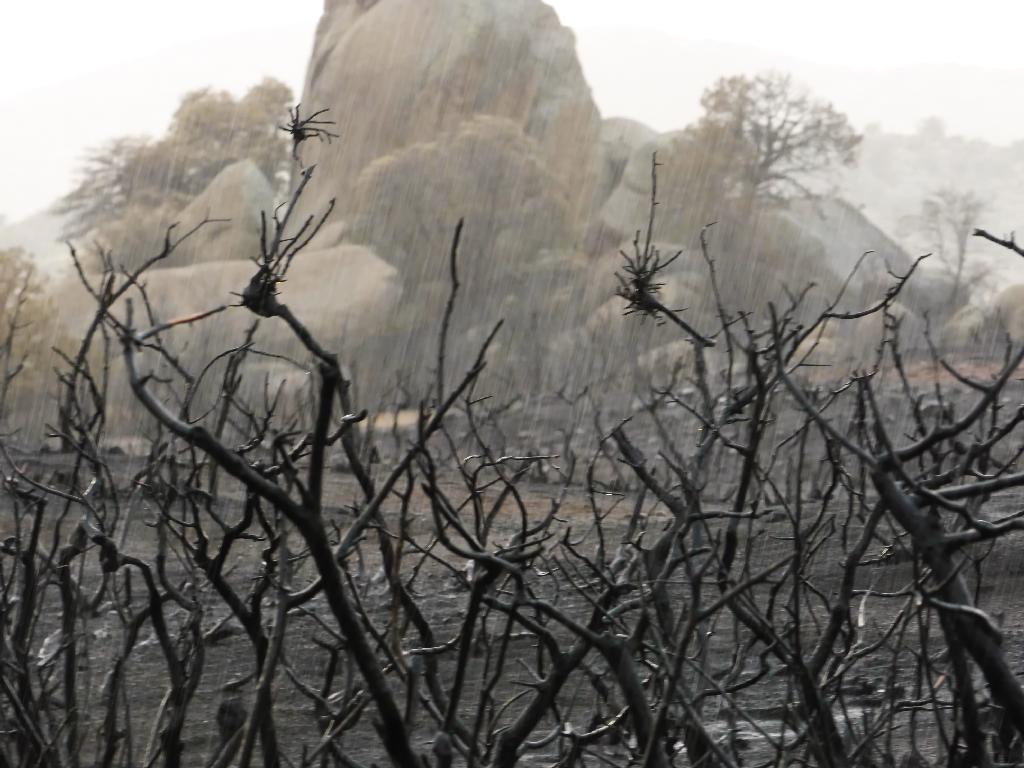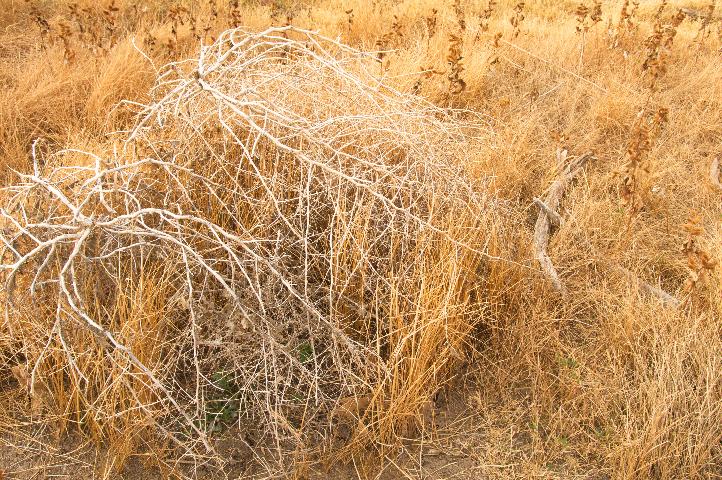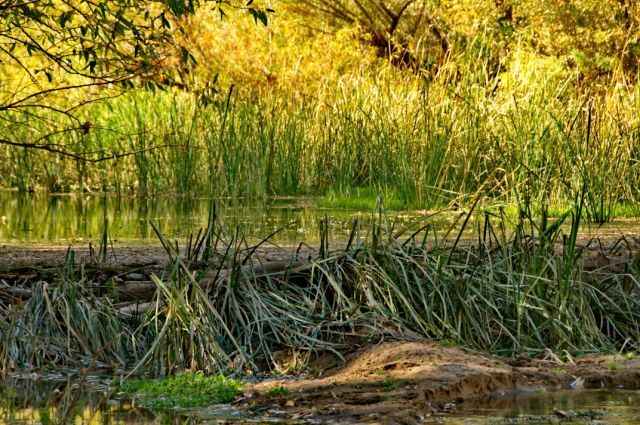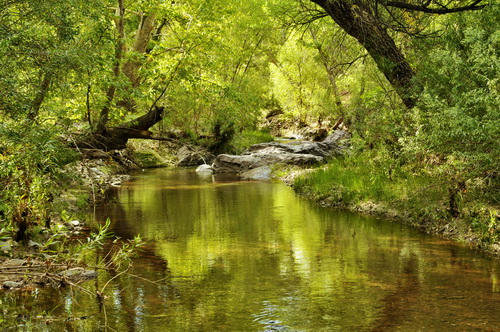Nine months after the tragic Yarnell Hill Fire on June 30, 2013, the event continues to touch many of us with a rawness only slightly softened by time. My memories remain vivid. With thunderstorm activity developing in the Prescott area that afternoon, I grabbed my camera and headed out to the Doce Fire area south of Granite Mountain. Fierce little rain squalls gave me subjects to explore visually. The powdered ash deposits post-fire are very vulnerable to erosion, a step in the ecologic process I wanted to capture.
Then as a squall shifted south, I could see in the distance a column of smoke that caused my hair to rise—it appeared to me that the small town of Yarnell was on fire. Without hesitation, I leaped into the car and shot toward Skull Valley, having to slow down once in the midst of an intense downpour. The closer I got to Peeple’s Valley, the more my concern intensified, and I made a decision that gave me a perfect vantage point on a ridge north of the fire. If I had continued any farther down the highway, I would have been stopped by emergency vehicles and stuck in a line of other cars prohibited from moving farther.
I remember as keenly as if it were still happening how, as I began to photograph the towering cloud of smoke, winds shifted, chilling me briefly with horizontal pellets of rain. A small herd of horses ran north to below my position. I continued to watch and document as the fire split into two fiery tongues—one right at Yarnell and another in rugged canyons in the Weavers to the west of the valley. Planes and helicopters appeared as tiny insects buzzing around the periphery of the towering giant. I watched until sunset, an eerie yellowish light bathing the entire scene, and I sensed that this would be a moment of tragic history. Continue reading




